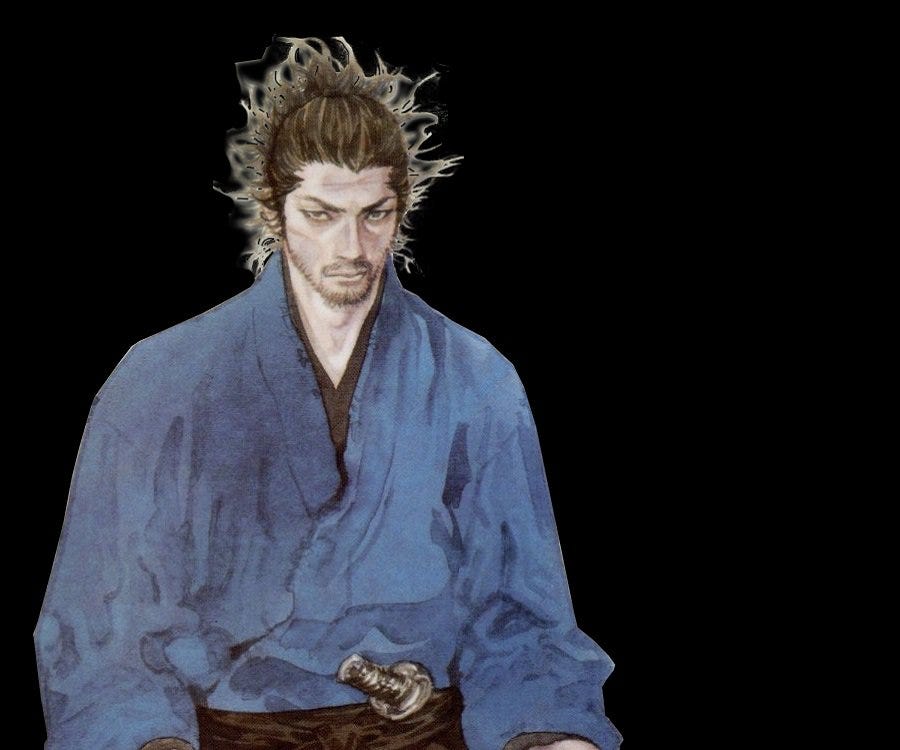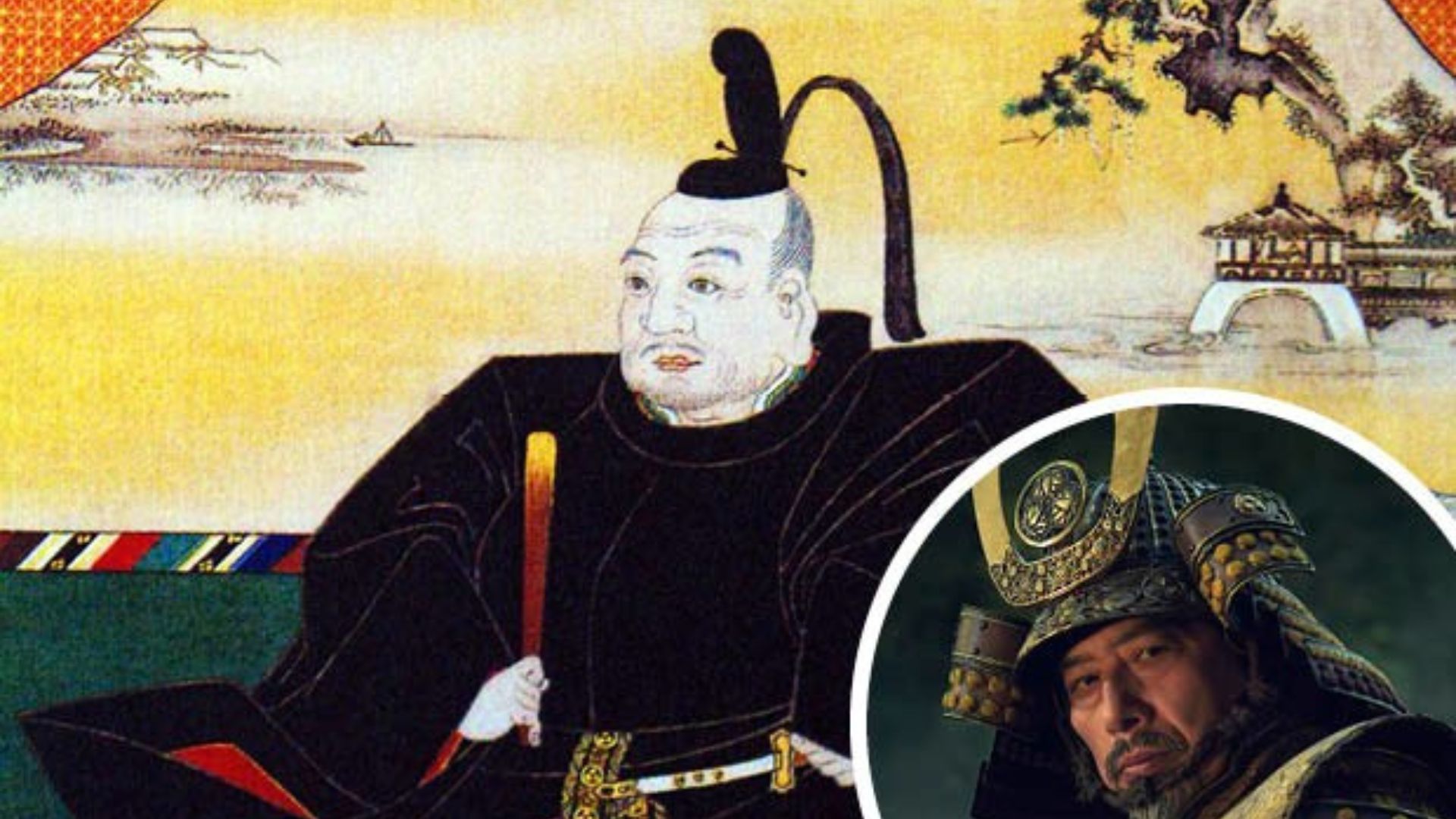Miyamoto Musashi is arguably the most famous swordsman in Japanese history, a figure whose martial prowess, philosophical insights, and unconventional lifestyle have cemented his legacy as a legendary warrior. Born in 1584, Musashi’s life spanned a period of great change in Japan, from the tumultuous Warring States period to the unification of the country under Tokugawa Ieyasu. His contributions to martial arts, literature, and philosophy continue to influence not only Japan but the wider world today.
The Early Life of Miyamoto Musashi
Miyamoto Musashi was born into a samurai family in the Harima Province (modern-day Hyogo Prefecture). His father, Miyamoto Munisai, was a skilled swordsman, and Musashi was raised in a warrior’s environment. However, his early life was marked by tragedy—Musashi’s mother passed away when he was just a child, and his father abandoned him shortly thereafter. Despite these hardships, Musashi’s natural talent for swordsmanship soon became evident.
At the age of 13, Musashi participated in his first duel, defeating an experienced swordsman named Arima Kihei. This victory marked the beginning of a long series of duels, as Musashi traveled across Japan seeking to hone his skills. By the time he reached adulthood, Musashi was renowned as a fearsome swordsman with an unparalleled ability to defeat his opponents in combat.
Musashi’s Unique Approach to Swordsmanship
What set Musashi apart from other swordsmen of his time was his innovative approach to combat. Unlike many traditional warriors, Musashi eschewed a single-sword style, instead developing a two-sword technique known as Niten Ichi-ryū (the “School of the Two Heavens as One”). This method involved wielding a katana (long sword) in one hand and a wakizashi (short sword) in the other, giving him a distinct advantage in battle by allowing for greater flexibility, reach, and offensive capability.
Musashi’s unique fighting style was practical, focusing on adaptability and efficiency rather than adhering strictly to conventional techniques. He believed in constantly evolving one’s martial skills and maintaining a mindset of “no thought”—a state of pure instinct and awareness during battle.
Throughout his life, Musashi participated in over 60 duels, emerging victorious in every single one. His duels were not just about brute strength, but also about strategy, psychological warfare, and understanding his opponents. Musashi’s ability to anticipate his enemy’s moves and counter them with precision became his trademark.
Musashi’s Philosophy and Writings
Beyond his martial skills, Musashi was also a philosopher, and his insights into strategy and life have had a lasting impact on both Japanese culture and the wider world. His most famous work, “The Book of Five Rings” (Go Rin No Sho), is a treatise on strategy, tactics, and philosophy that draws heavily from his experiences as a swordsman. Written in 1645, just a few weeks before his death, “The Book of Five Rings” remains a classic in the field of martial arts and is widely studied by warriors, leaders, and businesspeople alike.
The book is divided into five chapters, each named after one of the five elements: Earth, Water, Fire, Wind, and Void. Each chapter presents lessons on strategy, mindset, and the importance of balance and awareness in both combat and life. Musashi’s approach to strategy was rooted in simplicity, encouraging his readers to see through the complexities of life and embrace a direct, focused mindset.
The philosophy Musashi outlined in his book extends far beyond the battlefield. It emphasizes discipline, patience, and awareness—values that resonate with individuals seeking success in various fields, including business, leadership, and personal growth.
The Myth of Musashi: The Last Duel
One of the most enduring legends about Musashi is his final duel with Sasaki Kojiro, another renowned swordsman. The battle took place on the remote island of Funajima in 1612 and has become a focal point of Musashi’s legacy. The circumstances surrounding the duel are somewhat shrouded in mystery, but it is said that Musashi arrived late to the duel, carrying a wooden sword he had carved from an oar during his journey to the island.
The duel itself was intense, with Kojiro using his exceptionally long sword, the Monohoshizao, while Musashi wielded his wooden sword with remarkable skill and precision. Musashi’s strategy in the fight was clever: he used his opponent’s overconfidence and the timing of the sun to his advantage, ultimately striking down Kojiro and securing his place as the greatest swordsman in Japan.
While the details of the duel are debated, the Myth of Musashi—that he was unbeatable and always emerged victorious—has contributed significantly to his mystique and legend. This duel against Sasaki Kojiro remains one of the most famous in Japanese history and is often depicted in various forms of literature, film, and art.
The Final Years and Death of Musashi
After his duel with Sasaki Kojiro, Musashi withdrew from the world of dueling and combat. He spent his later years in retirement, focusing on writing, art, and further developing his philosophical ideas. Musashi was also known to have created several ink paintings and calligraphy works, showcasing his talents as an artist and scholar. It is said that in his later years, Musashi was greatly focused on cultivating the inner self and continued to explore the relationship between mind, body, and spirit.
Miyamoto Musashi passed away in 1645, at the age of 61. He spent his final days in a small hut in Kumamoto, where he wrote “The Book of Five Rings.” He left behind a legacy not just as a swordsman, but as a philosopher, artist, and strategist whose teachings have influenced generations far beyond his lifetime.

Musashi’s Enduring Legacy
Miyamoto Musashi’s impact extends far beyond his lifetime. His teachings on strategy and discipline continue to shape the martial arts world and have had a significant influence on business, sports, and leadership. His book, “The Book of Five Rings”, remains a valuable resource for those seeking to master the art of decision-making and the philosophy of self-mastery.
In Japan, Musashi is regarded as a national hero and a symbol of courage, wisdom, and resilience. He has been immortalized in various forms of art, literature, and film, and his name is synonymous with the samurai code and the spirit of bushido.
In modern times, Musashi’s life and teachings continue to inspire a wide range of individuals. Whether in martial arts, leadership, or personal development, his principles of focus, adaptability, and unwavering determination remain timeless and relevant.
Conclusion: The Spirit of the Last Samurai
Miyamoto Musashi’s legacy is more than just that of a swordsman—it’s the embodiment of the samurai spirit, a life that sought not only to master the sword but also to understand the deeper meaning of life, combat, and strategy. His combination of martial expertise, philosophy, and art has earned him a place as one of the most celebrated figures in Japanese history.











